How to Setup ParrotOS Linux Environment on Azure
 Techlatest.net
Techlatest.net
Introduction
Parrot is based on top of Debian, the most advanced and recognized universal operating system that can run anywhere. From your laptop to your Phone, the Parrot core can be executed on a huge range of environments, including servers, IoT boards, cloud containers (like docker and podman) and more.
In this article, we will introduce three topics
Parrots OS Linux — It is a free and open-source GNU/Linux distribution that is based on Debian Stable and designed for security experts, computer forensics, reverse engineering, hacking, penetration testing, anonymity, privacy, and cryptography. Frozenbox develops it and comes with MATE as the default desktop environment.
Features of ParrotOS which is provided by Techlatest.net
Step by Step guide — Guide on how to set up ParrotOS Linux Environment on Azure.
Features of ParrotOS provided by Techlatest.net
Easy Setup: Setting up ParrotOS is incredibly easy, making it an attractive choice for both beginners and experienced users. The installation process is straightforward and user-friendly, ensuring a smooth experience for those new to the operating system. And You can set up the OS in a few clicks.
GUI-Based Interface: GUI-based interface which is accessible from anywhere anytime, in ParrotOS enhances usability, improves productivity, and contributes to a more enjoyable user experience while conducting penetration testing tasks.
Predefined ParrotOS Packages: ParrotOS which is provided by Techlatest comes with 1000+ Preinstalled packages.
Step by Step Guide to install, setup, and run ParrotOS Linux Environment On Azure
Note
If you want to save time to set up a ParrotOS on Azure with out of a box environment, you can opt for Techlatest’s ParrotOS Linux, available on the Azure marketplace.
If you are looking to quickly set up and explore ParrotOS, Techlatest.net provides out-of-the-box setup for ParrotOS on AWS, Azure and GCP. Please follow the below links for the step-by-step guide to set up ParrotOS on your choice of cloud platform.
For ParrotOS Linux: AWS, GCP & Azure.
- Step 1
Open ParrotOS Linux VM listing on Azure Marketplace.
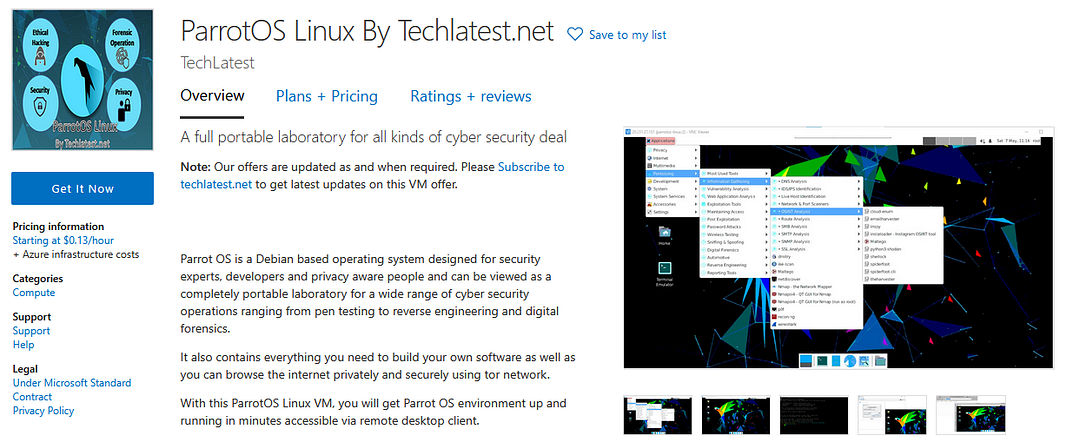
- Step 2
Click on Get It Now.
Select a Resource group for your virtual machine.
Select a Region where you want to launch the VM(such as East US).
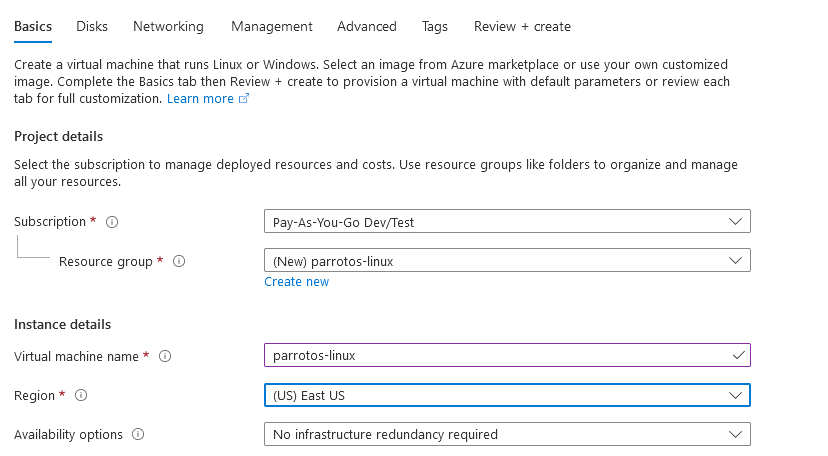
Optionally change the number of cores and amount of memory.
Select the Authentication type as Password and enter Username as ubuntu and the Password of your choice.
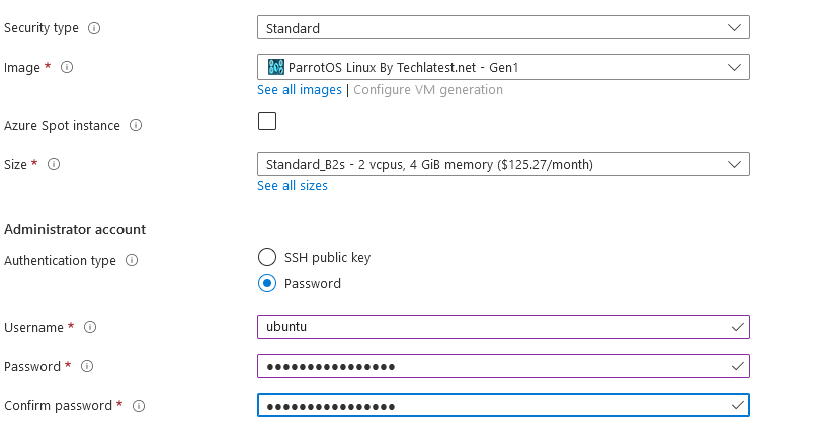
Optionally change the OS disk type.
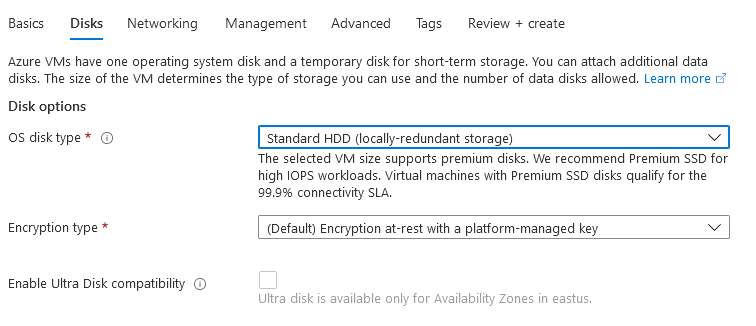
Optionally change the network and subnetwork names. Be sure that whichever network you specify has “ports 22 (for SSH) and 5900 (for VNC)” exposed.
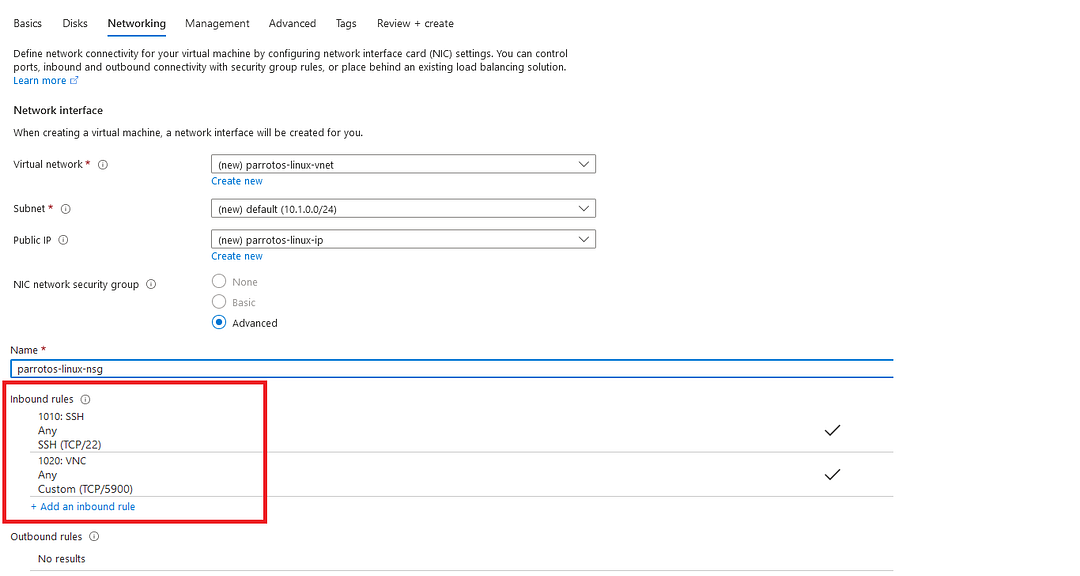
Optionally go to the Management, Advanced and Tags tabs for any advanced settings you want for the VM.
Click on Review + Create and then click on Create when you are done.
Virtual Machine will begin deploying.
- Step 3
A summary page displays when the virtual machine is successfully created. Click on Go to resource link to go to the resource page. It will open an overview page of the virtual machine.

- Step 4
In the left navigation pane, select Run command, select RunShellScript and enter the following command to change the password of the VM.
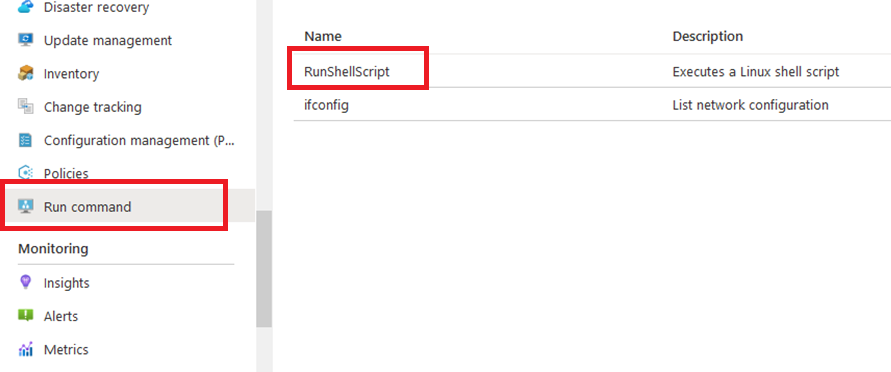
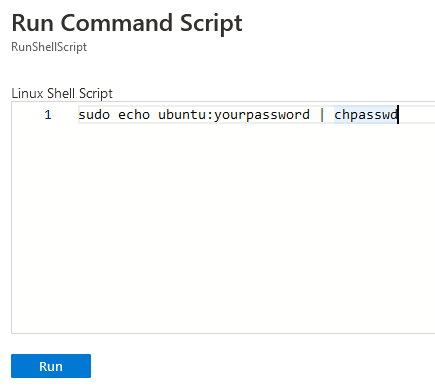
- Step 5
Now the password for Ubuntu users is set.
- Step 6
Open Putty, paste the IP address and click on Open.
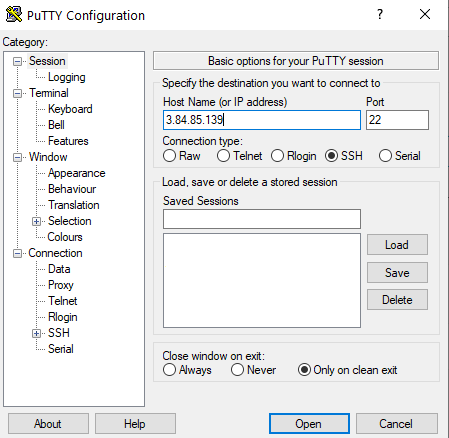
- Step 7
Login as ubuntu and provide the password for the ‘ubuntu’ user.
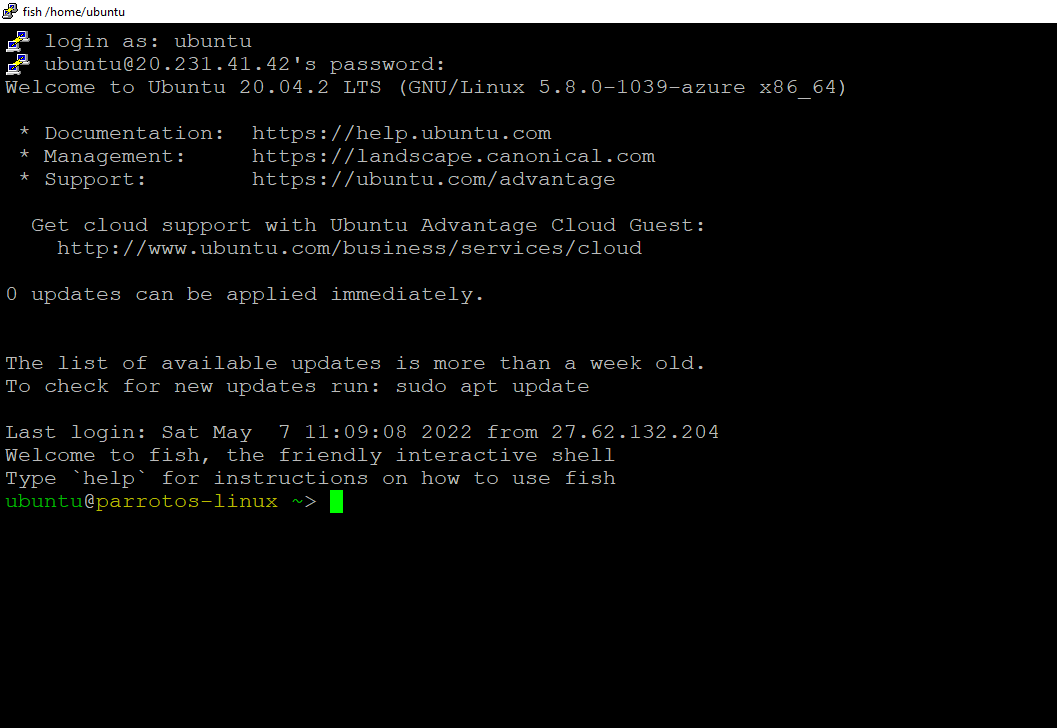
To connect to the ParrotOS Linux command line, run the below command.
sudo docker exec -it parrotos /bin/bash

If the above command returns the “Error response from daemon:” error, then run the below command to start the ParrotOS container and then run the above command again.
sudo docker start parrotos

- Step 8
You can connect to the VM’s desktop environment from any local Windows machine using VNC protocol or a local Linux machine using Remmina.
- Step 9
To connect using VNC Client via Windows Machine, first note the public IP address of the VM from the VM details page as highlighted below.
If the VNC is not connecting, wait for 1–2 minutes. even after 1–2 minutes if the VNC connection is not working, run the “sudo docker start parrotos” command by connecting to the Ubuntu terminal using putty as shown in step 7 and then connect to ParrotOS using VNC.

- Step 10
Then From your local Windows machine, go to the “start” menu, in the search box type and select “VNC”.
Note: If you don’t have VNC installed on your Windows machine, first Install VNC Viewer as per your device.
- Step 11
In the “VNC Viewer” wizard, copy the external IP and click on the connect Button. And Accept the encryption warning.
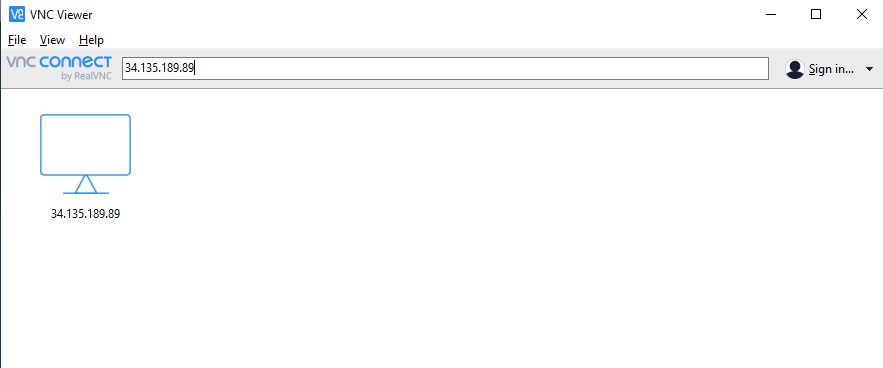
- Step 12
Now you are connected to of box ParrotOS Linux environment via Windows Machine with root user.
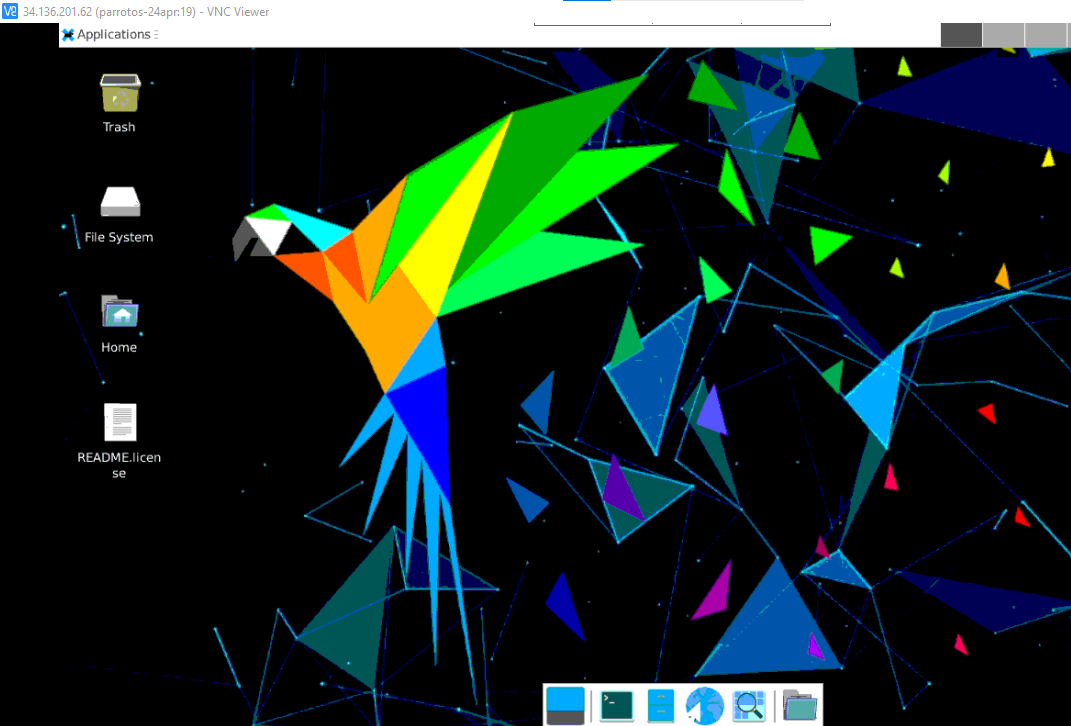
- Step 13
After your first login, Open the terminal and run the below command to change the root user password.
x11vnc -storepasswd
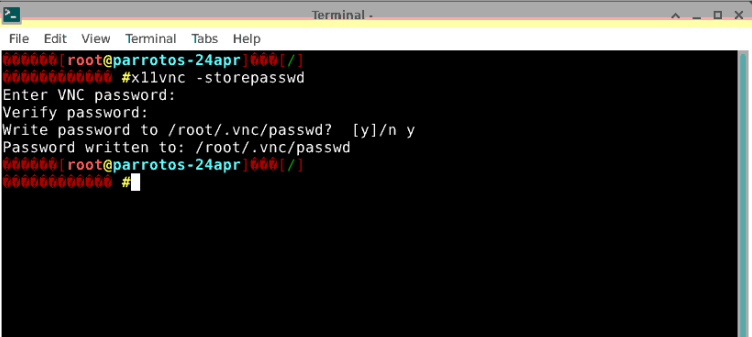
- Step 14
Once the password for the root user is set, re-login with the root user and new password.
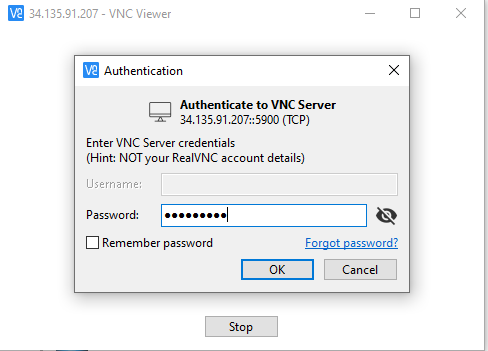
- Step 15
Now you are connected to of box ParrotOS Linux environment which comes with preinstalled ParrotOS programs.
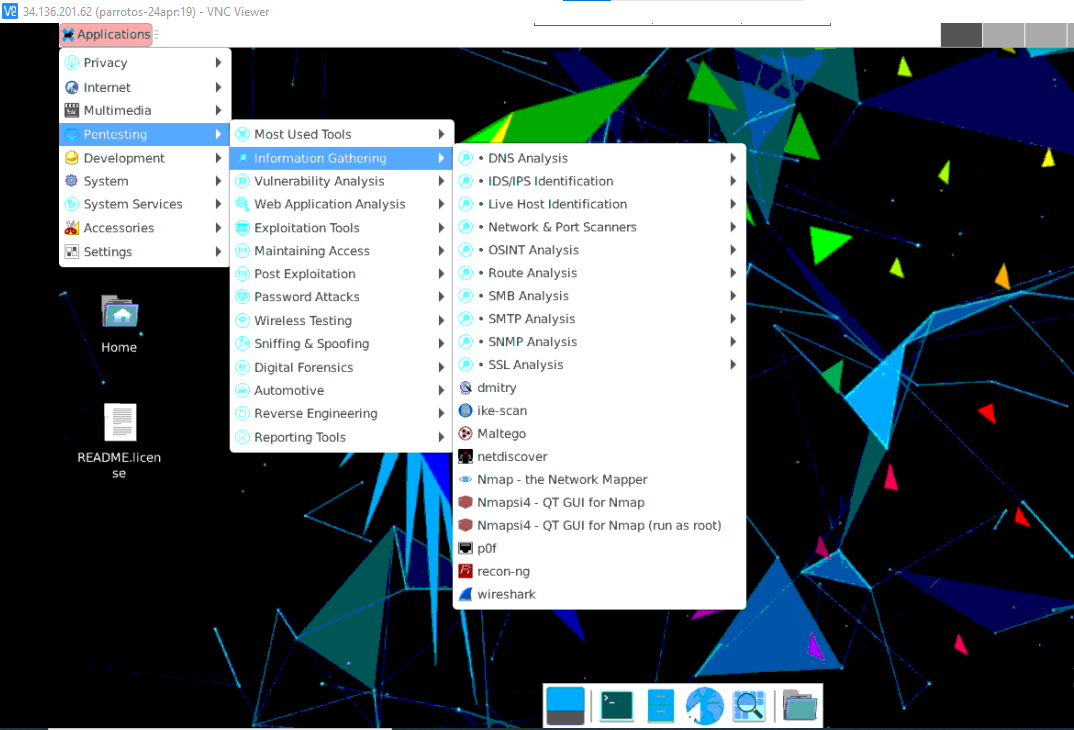
Conclusion
In conclusion, ParrotOS and its features, as provided by Techlatest.net, offer a compelling solution for penetration testers, security experts, and individuals concerned with privacy and anonymity. The ease of setup, thanks to its straightforward installation process, makes it accessible to both beginners and experienced users. Additionally, the GUI-based interface enhances usability and productivity, providing a visually appealing environment for conducting penetration testing tasks. With over 1000 preinstalled packages, ParrotOS offers a comprehensive toolkit for various security-related activities.
The step-by-step guide to setting up ParrotOS on Azure further simplifies the process for users interested in deploying the operating system in a cloud environment. From creating the virtual machine to connecting through SSH or VNC, the guide provides clear instructions to ensure a successful setup.
Overall, ParrotOS, with its user-friendly interface, extensive package selection, and compatibility with various environments, proves to be a powerful contender in the realm of penetration testing operating systems. Whether you’re a beginner or an experienced professional, ParrotOS, as highlighted by Techlatest.net, offers the necessary tools and features to support your security endeavors.

Subscribe to my newsletter
Read articles from Techlatest.net directly inside your inbox. Subscribe to the newsletter, and don't miss out.
Written by

Techlatest.net
Techlatest.net
Bringing the latest tech to grow your business. AWS, GCP & Azure registered partner and cloud solution provider on latest tech.